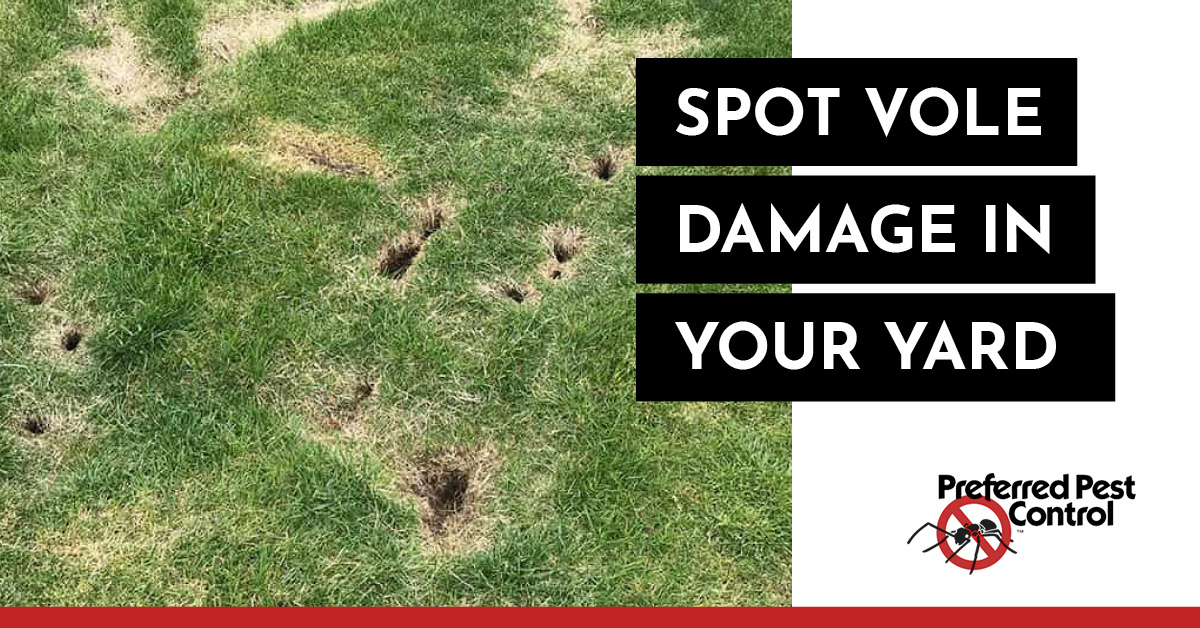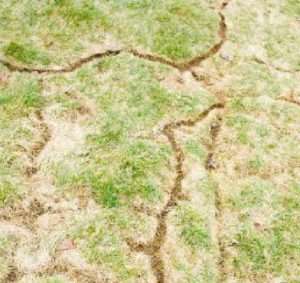Vole Pest Control Demystified: A Full Summary of Invasion Discovery and Reliable Treatment Approaches
As building owners and yard lovers, the breach of voles can be a consistent concern that calls for a systematic method for reliable administration. By comprehending the behavioral patterns of these evasive rodents, one can get useful insights right into their preferences and practices. From refined signs of invasion to the implementation of targeted control procedures, browsing the realm of vole insect control demands a mix of knowledge and strategic activity. In this extensive introduction, we will explore the subtleties of vole problem discovery and explore the realm of efficient therapy techniques that can secure your rooms from these underground problems.
Comprehending Vole Behavior Patterns
Comprehending the detailed actions patterns of voles is crucial for successfully executing parasite control procedures in farming and household settings. Voles, small rodents that resemble computer mice however with stouter bodies, are infamous for their rapid recreation rates and voracious hungers for vegetation. By diving right into their habits patterns, pest control specialists can obtain important insights right into vole routines, vulnerabilities, and choices.
Voles are mainly herbivores, preying on a wide variety of plants, roots, light bulbs, and roots. They are also prolific tunnelers, producing sophisticated below ground burrow systems for nesting and foraging. By comprehending these habits, bug control professionals can tactically position catches and bait stations along vole paths and entrance points, raising the likelihood of effective removal.
In addition, understanding of vole actions patterns can aid in creating safety nets to discourage future problems. By resolving aspects that attract voles, such as thick greenery cover and conveniently obtainable food resources, homeowner can make their facilities less welcoming to these devastating parasites - vole pest control. In final thought, an extensive understanding of vole habits is critical in developing sustainable and efficient insect control approaches
Identifying Signs of Vole Invasion
Efficient vole pest control begins with promptly identifying the dead giveaways of vole infestation on properties. One of the most usual indicators of vole existence is the presence of surface runways. These paths are slim pathways through lawn or vegetation that voles create as they travel in between their burrows and food sources. Additionally, vole droppings are one more clear indicator of infestation. Vole droppings are little, round pellets that are commonly located along their paths or near their burrows.
Along with runways and droppings, gnaw marks on tree bark and vegetation are also signs of vole activity. Voles have a practice of gnawing on the bases of bushes and trees, which can cause damage and potentially kill the plants. In addition, the visibility of burrow openings in the ground suggests an energetic vole population. Vole burrow entries are generally small and discovered in verdant or mulched locations.
Being vigilant for these signs can help home owners find vole infestations early and take ideal pest control steps to avoid further damages.
Implementing Targeted Control Steps
What certain techniques can be utilized to efficiently execute targeted control measures for vole parasite administration on residential or commercial properties? Carrying out targeted control procedures for vole parasite management needs a multi-faceted approach that combines both avoidance and elimination techniques.
Capturing my sources is one more efficient approach for managing vole populaces. Live catches can be purposefully placed along vole paths or burrow entrances, baited with peanut butter or apple slices. When recorded, voles should be humanely gotten rid of to a various area to avoid reinfestation.
Rodenticides can be utilized as a last option for serious problems, yet care needs to be worked out to stop damage to non-target pets. It is crucial to adhere to all security standards and guidelines when utilizing rodenticides for vole control.
Green and natural Treatments
The adoption of eco mindful practices can play an essential function in taking care of vole populations without causing damage to the ecological community. All-natural and environmentally friendly treatments supply a lasting strategy to vole parasite control, minimizing the use of dangerous chemicals and advertising biodiversity in the influenced locations.
One reliable all-natural approach is using killer pee or killer decoys. Predators like foxes, owls, and serpents are the vole's natural enemies. By strategically placing predator pee or decoys around the infested locations, voles might be hindered from working out in those places.
Furthermore, planting vole-resistant greenery can assist in reducing vole damage. Plants such as daffodils, crown imperials, and Siberian squill are recognized to be unappealing to voles and can serve as natural repellents.
Furthermore, creating physical obstacles like cord mesh or crushed rock around susceptible plants can avoid voles from accessing them. These barriers can aid protect yards and landscapes without positioning any type of danger to the environment or read other non-target species. By integrating these all-natural and environmentally friendly remedies, vole problems can be managed properly while keeping ecological balance.
Long-Term Avoidance Approaches
To sustainably address vole infestations in time, executing positive procedures is critical for long-term prevention methods. One reliable approach for lasting prevention is environment adjustment. vole yard damage. By decreasing thick vegetation, mulch, and clutter around buildings, you can make your building less appealing to voles. Additionally, installing obstacles like fences or below ground wire mesh can assist discourage voles from attacking your yard or yard.
Routine tracking over here of vole activity is essential for very early discovery of any signs of problem. Establishing up vole traps can help in regulating their populace prior to it becomes a full-blown problem. It is likewise important to seal off any type of entry indicate frameworks or structures to stop voles from accessing.

Conclusion
To conclude, understanding vole behavior patterns, identifying signs of invasion, carrying out targeted control actions, making use of natural and eco-friendly treatments, and applying long-term avoidance approaches are critical action in effectively managing vole invasions. By being aggressive and taking the necessary steps to resolve vole issues without delay, individuals can effectively manage and avoid vole infestations in their buildings.
